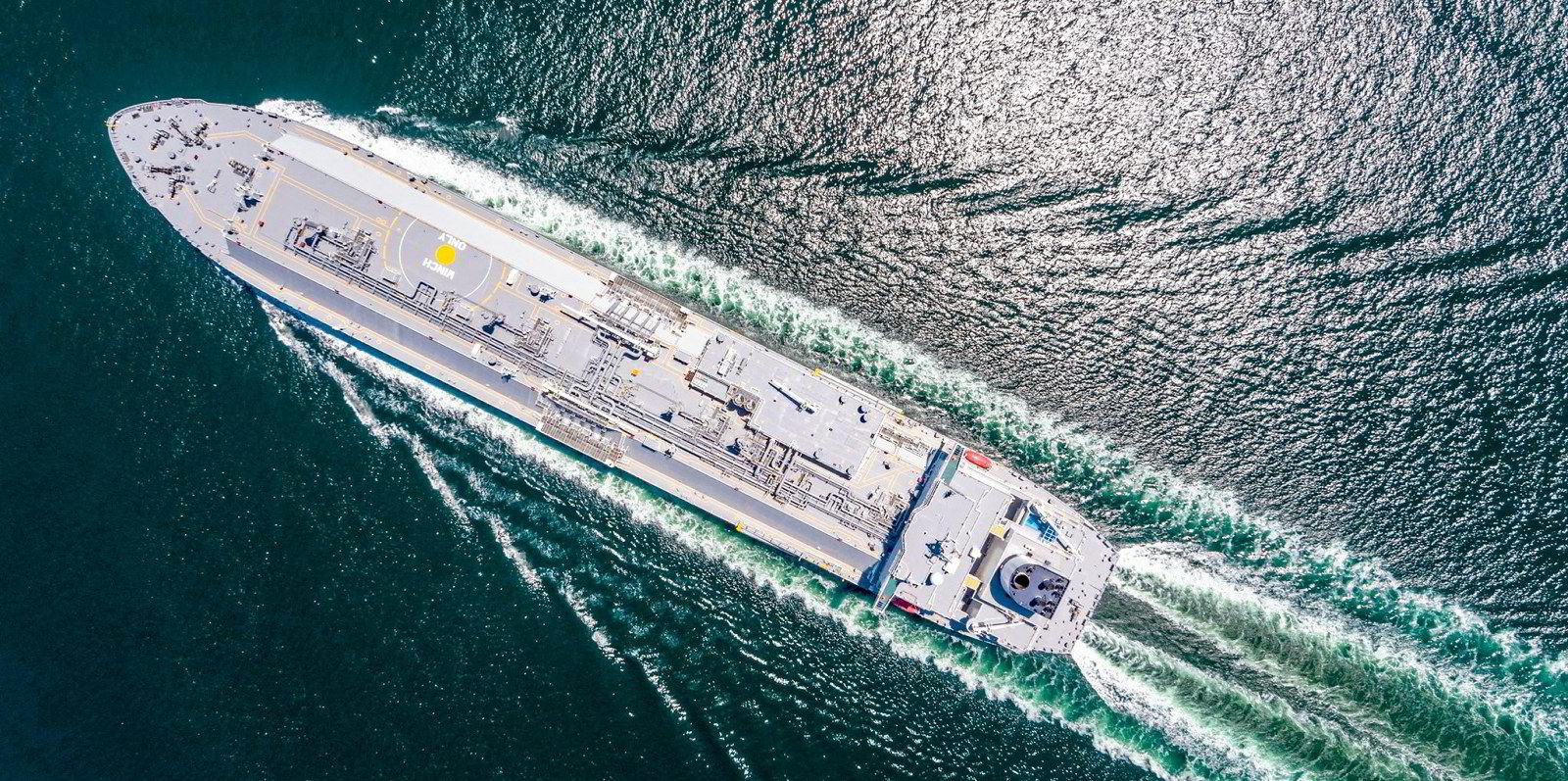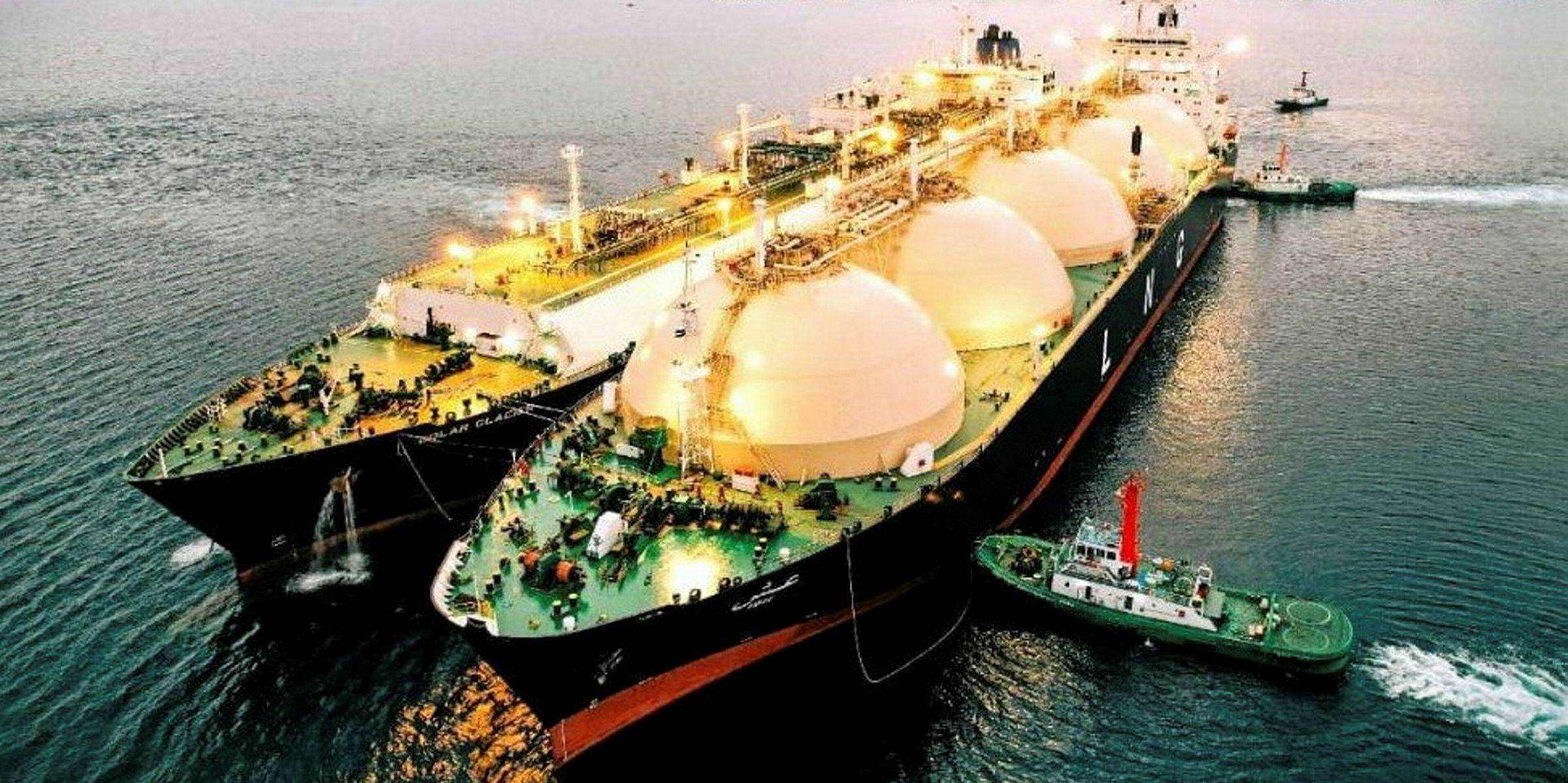This year has seen Vietnam and the Philippines import their first-ever LNG cargoes in a market that has seen global LNG import capacity increase by nearly 50% over the last decade.
Recent figures from the US Energy Information Administration (EIA) expect this capacity to expand by a further 16% or 23bn cubic feet per day (Bcf/d), by the end of 2024 versus 2022.
The US agency said it expects the likes of Antigua, Australia, Cyprus, and Nicaragua to start importing LNG by the end of next year, while several more countries are in advanced stages of developing LNG import capacity.
“By the end of 2024, we expect 55 countries to have LNG regasification terminals with a combined capacity of 163 Bcf/d,” the EIA said.
Globally, available regasification capacity exceeds LNG imports. Historically, up to 39% of global regasification capacity is used every year.
“Spare regasification capacity, most of which is in Japan, South Korea, and China, allows countries to meet occasional demand spikes, particularly in winter. Last year, global LNG trade used 37% of available regasification capacity, or 51.7 Bcf/d,” the EIA said.
The US agency said it expects Asia to lead the growth in global regasification capacity, accounting for 52%, or 11.9 Bcf/d, of the total capacity additions in 2023 and 2024.
Europe accounts for 38% global regasification capacity, some 8.6 Bcf/d, while the rest of the world accounts for the remaining 10% or 2.3 Bcf/d.
China is said to be building 8.5 Bcf/d of new regasification capacity, while India expects 1.3 Bcf/d of LNG regasification capacity to be online by the end of 2023 with two new terminals.
In addition to recently opened regasification terminals, the Philippines will add 1.1 Bcf/d of regasification capacity in 2023, while Vietnam will add 0.1 Bcf/d by the end of 2024.
In Europe, LNG regasification capacity is set to expand by one-third by the end of 2024 compared with 2022 in response to reduced natural gas imports by pipeline from Russia, the EIA said.
“Germany began importing LNG this year as operators fast-tracked construction of regasification capacity by using floating storage and regasification units (FSRUs),” the US agency said.
“Three new terminals are online, and three more terminals are under construction and are expected to be online by the end of 2023. These terminals have a combined regasification capacity of 3.7 Bcf/d.”
Eleven other countries will each add between 0.1 Bcf/d and 0.7 Bcf/d of new or expanded regasification capacity for a combined 4.9 Bcf/d of additions, according to the EIA.
Recent data from Clarksons showed that across 2022, 420 ports received at least one LNG carrier calling, up from 347 ports in 2015, while 374 ports received a calling in the first seven months of 2023.
Of these, Ras Laffan has seen the most activity with 651 LNG carrier callings recorded from January to July with Singapore coming second with over 500 LNG carrier callings.
Despite having only a small LNG import terminal, the city-state is a key bunkering port and anchorage hub where ships typically await orders.





